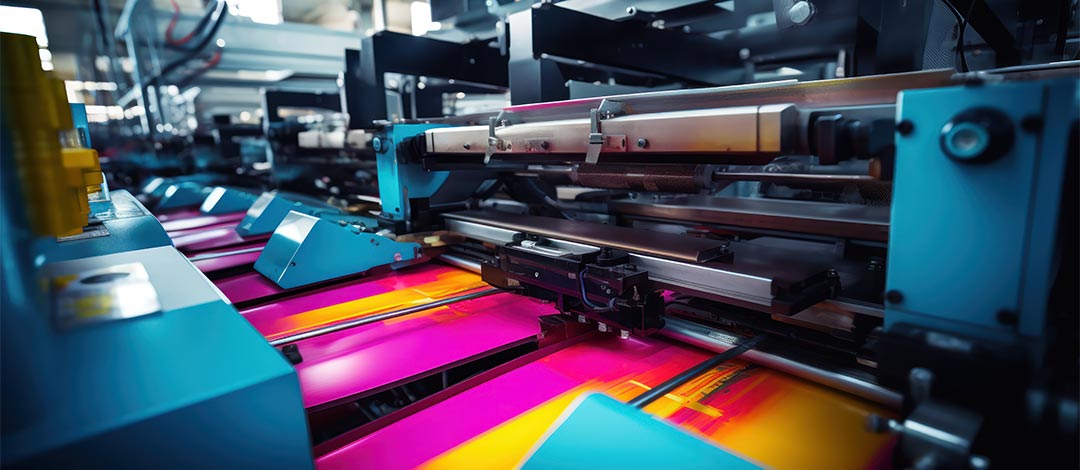Plant-based ink printing is rapidly gaining attention in the world of sustainable printing solutions. As industries become more environmentally conscious, the demand for eco-friendly alternatives is growing. This innovative method offers a greener alternative to traditional ink, reducing environmental impact and providing high-quality results. In this article, we will explore the benefits, challenges, and future of plant-based ink printing.

What is Plant-Based Ink?
Plant-based ink is derived from renewable resources such as soy, corn, or other vegetable oils. Unlike traditional petroleum-based inks, these inks are biodegradable and have a lower environmental footprint. By utilizing natural ingredients, these inks reduce the reliance on fossil fuels and decrease carbon emissions.
Benefits of Plant-Based Ink Printing
Plant-based ink printing offers numerous benefits. First, it is eco-friendly and reduces harmful emissions. Second, it provides vibrant and long-lasting colors. Third, it is safer for workers and consumers as it contains fewer volatile organic compounds (VOCs). Finally, it supports sustainable agricultural practices by utilizing renewable resources.
Eco-Friendly and Sustainable
Using plant-based inks minimizes the release of toxic chemicals into the environment. This contributes to cleaner air and water, promoting a healthier planet. For more on sustainable printing practices, you can visit this resource.
Vibrant Colors and Quality
Despite being eco-friendly, plant-based inks do not compromise on quality. They produce bright and vivid colors, making them ideal for various printing applications, including lifestyle brands and educational publishing.
Health and Safety
The reduced VOC content in plant-based inks means fewer health risks for those involved in the printing process. It also ensures that printed materials are safer for consumers, minimizing exposure to harmful chemicals.
Challenges in Plant-Based Ink Printing
While plant-based ink printing offers many advantages, there are also challenges to consider. These include higher costs, limited availability, and the need for specialized equipment. However, as demand grows, these challenges are likely to diminish.
Cost Considerations
Currently, plant-based inks can be more expensive than traditional inks. However, the environmental benefits and increasing demand are expected to drive down costs over time.
Availability and Equipment
Not all printing facilities have access to plant-based inks or the necessary equipment to use them. As the industry evolves, more providers will offer these sustainable options. Companies like hotel materials and multicultural campaigns are beginning to adopt these practices.
The Future of Plant-Based Ink Printing
The future of plant-based ink printing looks promising as more businesses and consumers prioritize sustainability. Innovations in technology and increased awareness will drive the adoption of these eco-friendly inks.
Technological Advancements
As technology advances, the quality and efficiency of plant-based inks will improve. This will lead to broader adoption across various industries, including transportation materials.
Consumer Demand
Consumers are becoming more environmentally conscious and are demanding sustainable products. This shift in consumer behavior will encourage more companies to adopt plant-based ink printing.
Conclusion
Plant-based ink printing represents a significant step towards a more sustainable future. By choosing eco-friendly inks, businesses can reduce their environmental impact while maintaining high-quality printing standards. As the industry continues to evolve, the adoption of plant-based inks will become more widespread, benefiting both the planet and future generations.

FAQs
What are plant-based inks made from?
Plant-based inks are typically made from renewable resources like soy, corn, or other vegetable oils, offering a sustainable alternative to petroleum-based inks.
Are plant-based inks more expensive than traditional inks?
Currently, plant-based inks can be more costly, but their environmental benefits and growing demand are expected to reduce prices over time.
Do plant-based inks compromise on color quality?
No, plant-based inks provide vibrant and long-lasting colors, making them suitable for various printing applications without sacrificing quality.
This article contains affiliate links. We may earn a commission at no extra cost to you.







